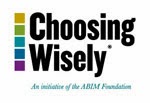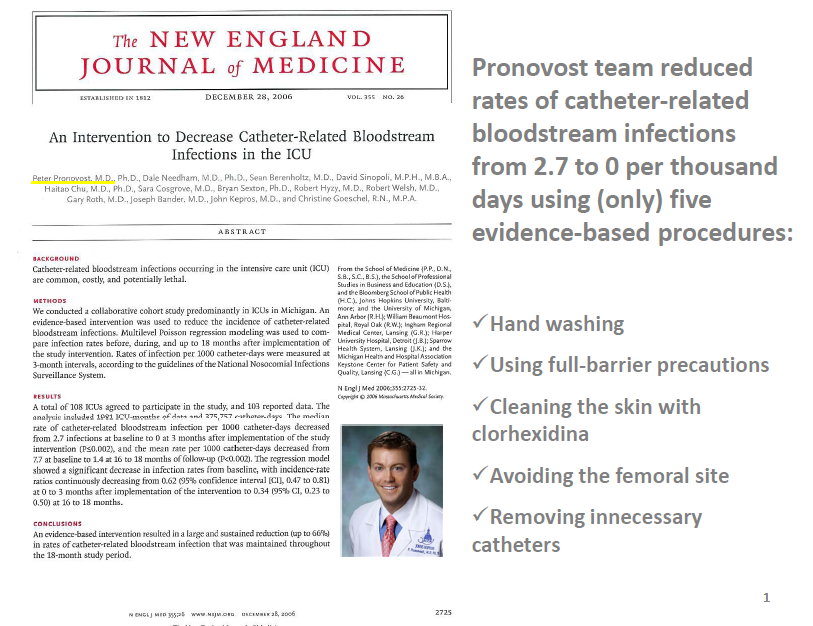The Commonwealth Fund is a private, nearly century old organization that was created with the mission of promoting efficiency, quality and accessibility of the American health system.

Our tweet of the week, issued by the foundation, brings us to a very interesting article written by Lisa Rosenbaum, cardiologist, and published in "The New Yorker", where she uses several examples from her own practice to illustrate the difficulty of the exercise of "shared clinical decision." One of the cases discussed is that of her own mother, a cardiologist like her, who broke her arm in four places, and when faced with the severity of fractures, the orthopaedic surgeons advised her that she consider the possibility of surgery, which included a risk of between 20 and 50% of developing avascular necrosis of bone, while, if following a conservative treatment with immobilization and subsequent rehabilitation there was a risk, not estimated numerically, of residual functional limitation and post-traumatic arthritis.
As Dr. Rosenbaum says in the article that the "shared clinical decision" is a very attractive proposition for politicians, investors and researchers, but, instead, in practice each day, the doctor who practices this technique faces two phenomena that are very difficult to handle: the first is called "heuristic effect", a concept that reflects the idea that us people, at decision time, allow ourselves to be influenced more by emotion than by the figures, such as: "a friend of mine died in the operating room and therefore no matter what they say, the doctor will not trick me", or the opposite: "the upstairs neighbour was operated on when it was too late to save her leg. I'll have to talk to the doctor to see if they should send me to the operating room". The second phenomenon is the unequal agency relationship established with the patient, and this is expressed when at the end, after sharing lots of information and lots of numbers, the patient looks at the doctor and asks, "Doctor, if it was your mother, what would you do?” Or as the author writes "You're my quarterback. Do you understand?".
Jordi Varela
Editor





















+11.10.20.png)





